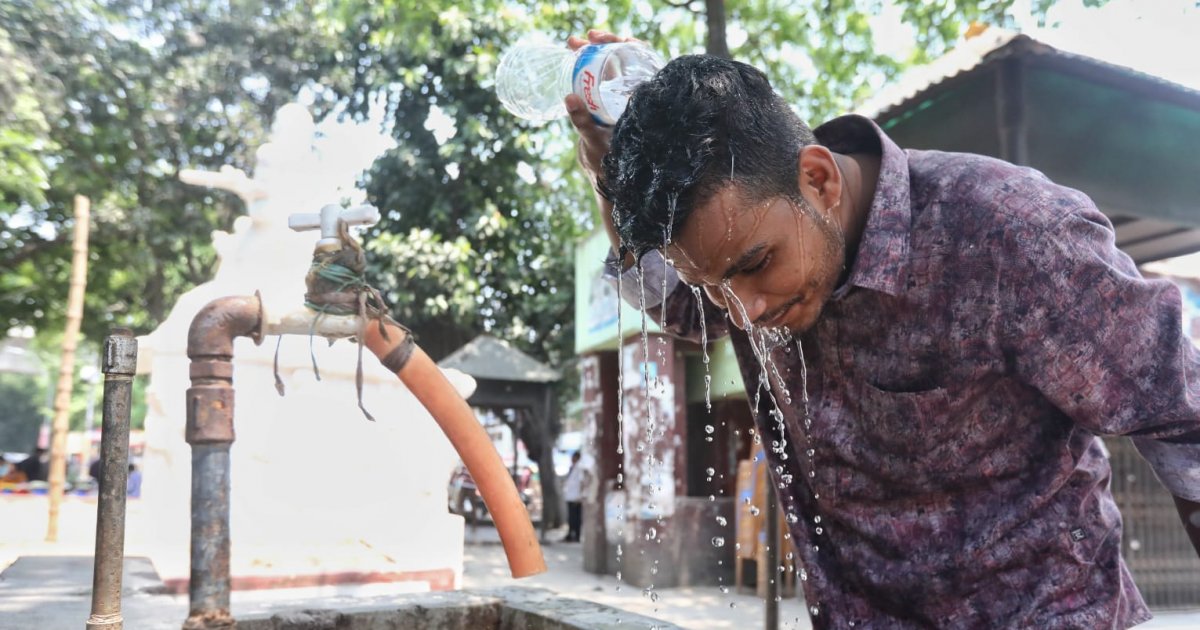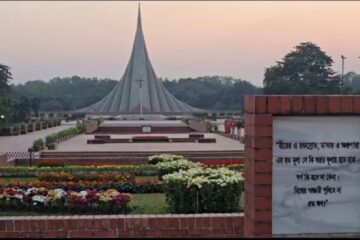For years now, our country has put the appearance of development above true, sustainable development. Nowhere is this more apparent than in our capital city of Dhaka, where its soaring glass towers and relentless urban sprawl may appear impressive visually but have all but turned this city into a sweltering furnace.
To that end, that surface temperatures in glass-laden districts in the capital are up to 5°C higher than what would be the case in greener neighbourhoods is not surprising. This “urban heat island” effect continues to exacerbate at an exponential rate as a result of the decades of unplanned growth that this city has seen.
Experts continue to warn that without urgent reforms, this heat crisis in our capital will escalate into an unmanageable emergency.
Indeed, it has been truly disheartening to see how concrete, steel, and especially glass have continued to replace natural greenery in our city, with the last decade or so being particularly problematic. Our natural cooling amenities such as vegetation, canals, and wetlands have all but disappeared.
As always, it is those lower on the socio-economic ladder, those compelled to dwell in cramped tin-roofed slums, who are particularly affected by this rising heat, with their lack of respite from the overwhelming heat making them especially susceptible to heat-induced health issues that have proven to be fatal.
It is time to reverse course, and we are fully behind President of Bangladesh Institute of Planners (BIP) Professor Adil Mohammed Khan calling for stricter building codes and prioritizing climate-responsive urban development such as having a green building code.
Dhaka is already a cautionary tale of unchecked urbanization amid a warming world. It is time to help make our capital cooler.



